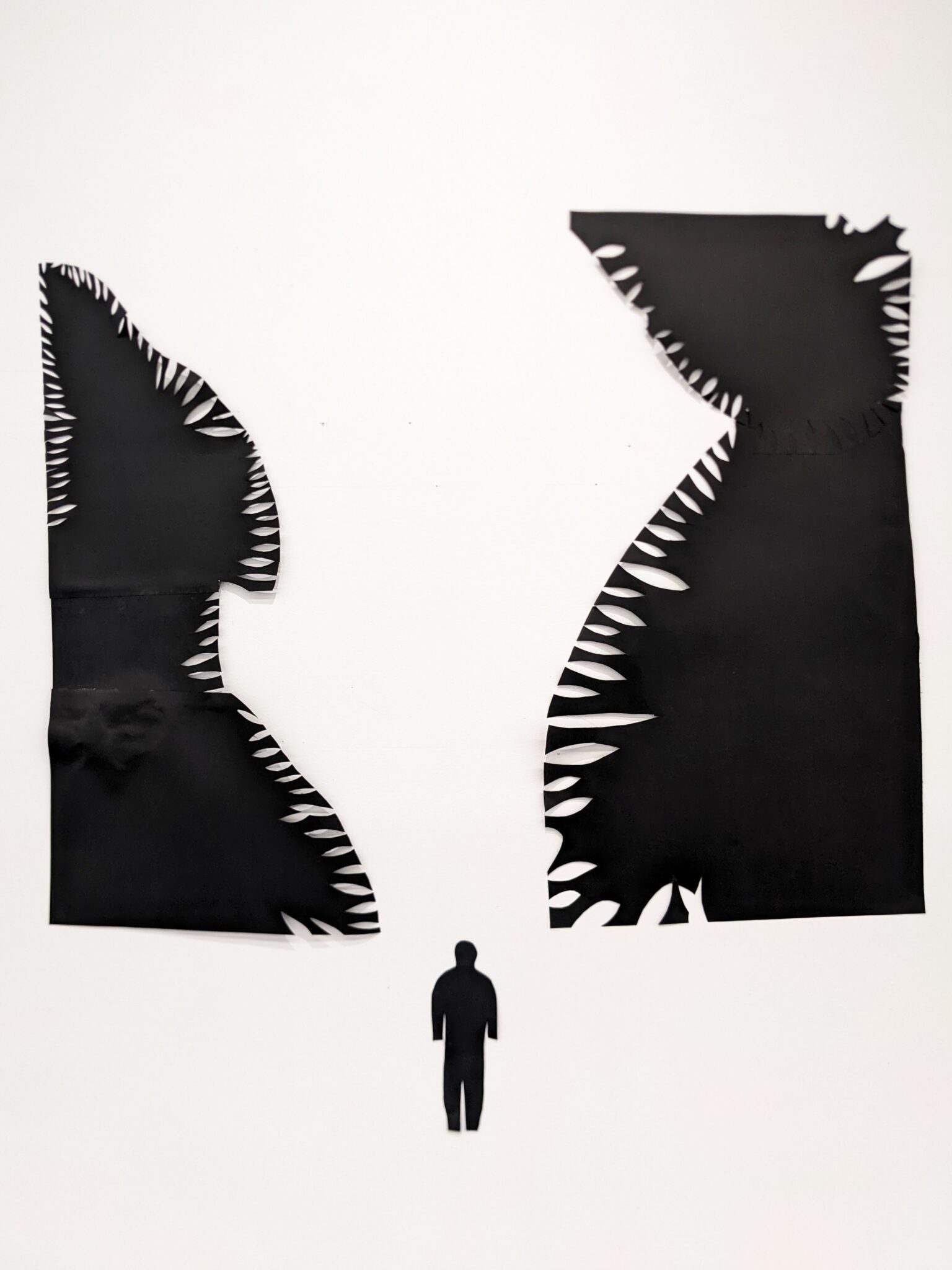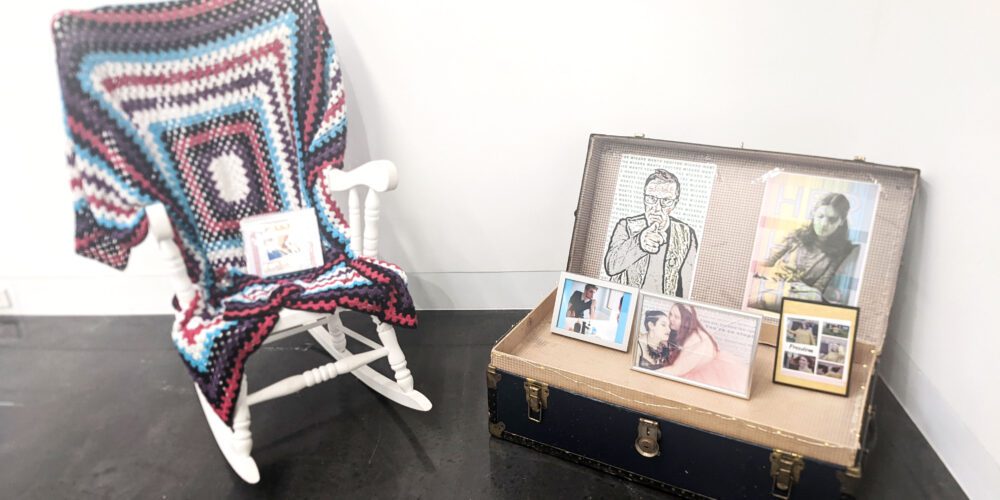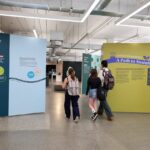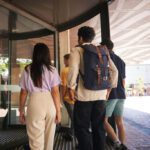We were excited to welcome photography and illustration students to our Special Collections and Makerspace as part of their studies in semester 1 2022. Their fresh takes on archival materials resulted in the Marginalia art exhibition, and showcased the ongoing value of special collections and creative spaces on campus.
Since 2016, the Makerspace and Lecturer Kirsten Hudson (Faculty of Humanities) have nurtured a collaborative partnership to incorporate creative worktime in the Makerspace into several units’ coursework. This year marked the first collaboration to also incorporate working with Special Collections.





Students enrolled in the Image Design Culture unit were invited to “speed date the archive” at the John Curtin Prime Ministerial Library (JCPML). As part of their major assessment they would select an archival piece. This then served as a source of inspiration to create a reimagined work using our Makerspace, which would be displayed in an exhibition and assessed.
To facilitate this, Coordinator, Library Special Collections Sally Laming selected 32 objects from the Special Collections held at the JCPML for the students to view and handle.
“It was important to represent the vast array of content from our collections. The final list of items available to students included some of the oldest books in the collection, items belonging to John Curtin such as his briefcase and razors, a Sorry Book signed at Curtin University in 1998, cameras, maps, oral history recordings, and some older media formats such as slides from the Jon Sanders’ triple circumnavigation of the world,” said Sally.






Sally noted that the students seemed quite hesitant at first to handle and investigate the objects. “However, once they were comfortable in the space and understood the exercise, they became curious and began asking questions, opening the books, turning things over and examining them closely,” she said. “It was good for students to be in the space that preserves the personal connection to John Curtin, and the other Special Collections associated with significant Curtin people and projects. It was also good to have undergrads in the space; most of our visitors are much quieter researchers.”
Once their archival item was selected, students worked on their creative projects in the Library’s Makerspace. Kirsten ran the unit’s classes out of the Makerspace for the entire semester, with support from the Makerspace team. Coordinator, Learning Success Karen Miller and Library Makerspace Coordinator Marie Clarke were on hand to help students access the materials and equipment they wanted to use, including badge making, print making, collage, 3D printing and laser cutting. The students actively sought feedback from staff and their peers, and were open to creative discussion and critique throughout the process.


Karen and Marie noted that the Makerspace is a great place for students to connect coursework concepts, theories and processes through practical hands-on methods. “It connects them with other creative people from a range of disciplines and backgrounds, and encourages experimentation and collaboration. The relaxed creative environment of the makerspace makes it a great learning environment for curriculum-based creative activities, and the collaborative aspect of our partnership enabled us to be responsive to changes, developments, and new ideas that happen during the semester,” they said.
The students’ efforts resulted in the Marginalia exhibition, which was displayed in June 2022 for all to visit. Photos of the artworks in this exhibition are featured throughout this article. Feedback is currently being sought from students about the unit and coursework. Given the benefits for the Library and students, we’re looking forward to our next collaboration!
Enjoy reading Library news? Sign up to our newsletter.


